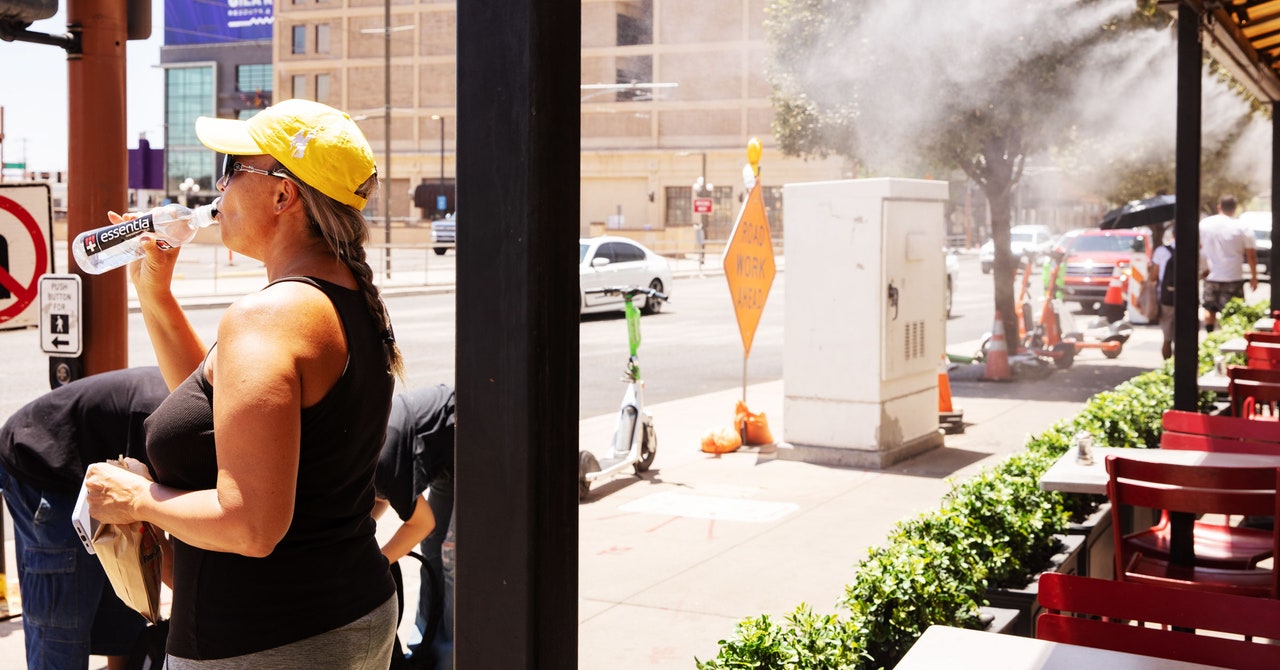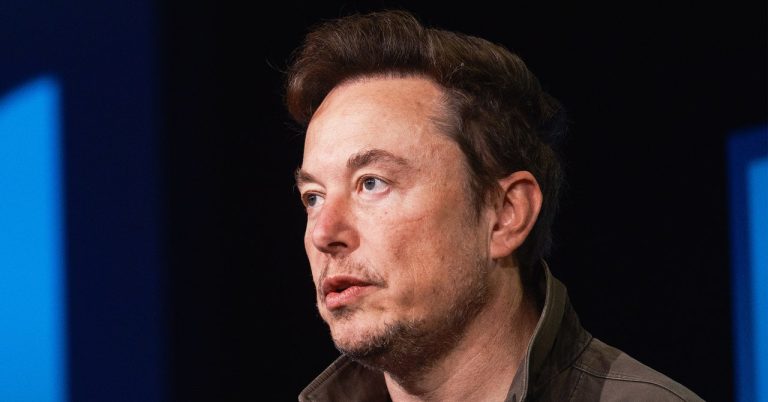Hot off a summer of record heat, a savage wildfire that destroyed Lahaina, and hurricanes that rapidly intensified into monsters, the United States today released its Fifth National Climate Assessment. The report—done with input from over 750 experts from every US state—exhaustively lays out the already severe effects climate change is having on the country, how bad those are expected to get in the coming decades, and what we can do about it. Think of it like the domestic version of those increasingly dire reports from the Intergovernmental Panel on Climate Change, which spell out the latest science on global warming and strategies for how to slow it.
“The National Climate Assessment to me shows both the impacts of a changing climate and the increasingly irresistible economic opportunity of deploying clean-energy solutions,” says Ali Zaidi, assistant to the president and national climate adviser. The report is a topography of the risks, Zaidi says, but also an atlas of opportunities “to create good-paying jobs, to reopen shuttered factories, to build sorely needed infrastructure, and to do it all with products made in America.”
First off, the (somewhat) good news: Between 2005 and 2019, greenhouse gas emissions in the US decreased by 12 percent, even though the population and large domestic product have grown. That’s due in large part to the shift away from coal power generation and toward natural gas, plus the plummeting costs of renewable sources like wind and solar. But, the report says, “the current rate of decline is not sufficient to meet national and international climate commitments and goals.” To achieve net-zero emissions by midcentury—meaning that the US is capturing as much greenhouse gas as it’s emitting—we need a decline of 6 percent each year on average. Between 2005 and 2019 in the US, it was less than 1 percent per year on average.
The more solar panels and wind turbines the nation can deploy, the faster it can get to that 6 percent. To that end, last year’s Inflation Reduction Act allocated hundreds of billions of dollars to accelerate decarbonization; for instance, tax breaks for home improvements like better insulation and switching to electrical appliances and heat pumps. It was also meant to juice the domestic green economy: According to one studyit has already created almost 75,000 jobs and spurred $86 billion in private investments.
The Biden administration also announced today that it’s providing more than $6 billion in investments for climate action, $3.9 billion of that going toward modernizing the grid. “Clean electrons are really the way we’re going to decarbonize most of the economy,” says Zaidi. “That’s going to require us to upgrade our local grid infrastructure, for example, for charging of heavy-duty vehicles.”
The nation’s creaky energy grid desperately needs an overhaul, both to cope with increasingly extreme weather and to accommodate more renewable energy. Today’s report notes that the average number of power outages affecting more than 50,000 customers jumped by about 64 percent in the period from 2011 and 2021, compared to the period from 2000 to 2010. The US needs a grid that’s better able to ferry electricity from renewable -energy hot spots, like solar power generated in the sunny Southwest and wind power from the gusty Midwest. “Undergrounding” more powerlines, especially in the parched West, would prevent the infrastructure from igniting catastrophic blazes, like the Camp Fire that destroyed the town of Paradise in 2018.













+ There are no comments
Add yours